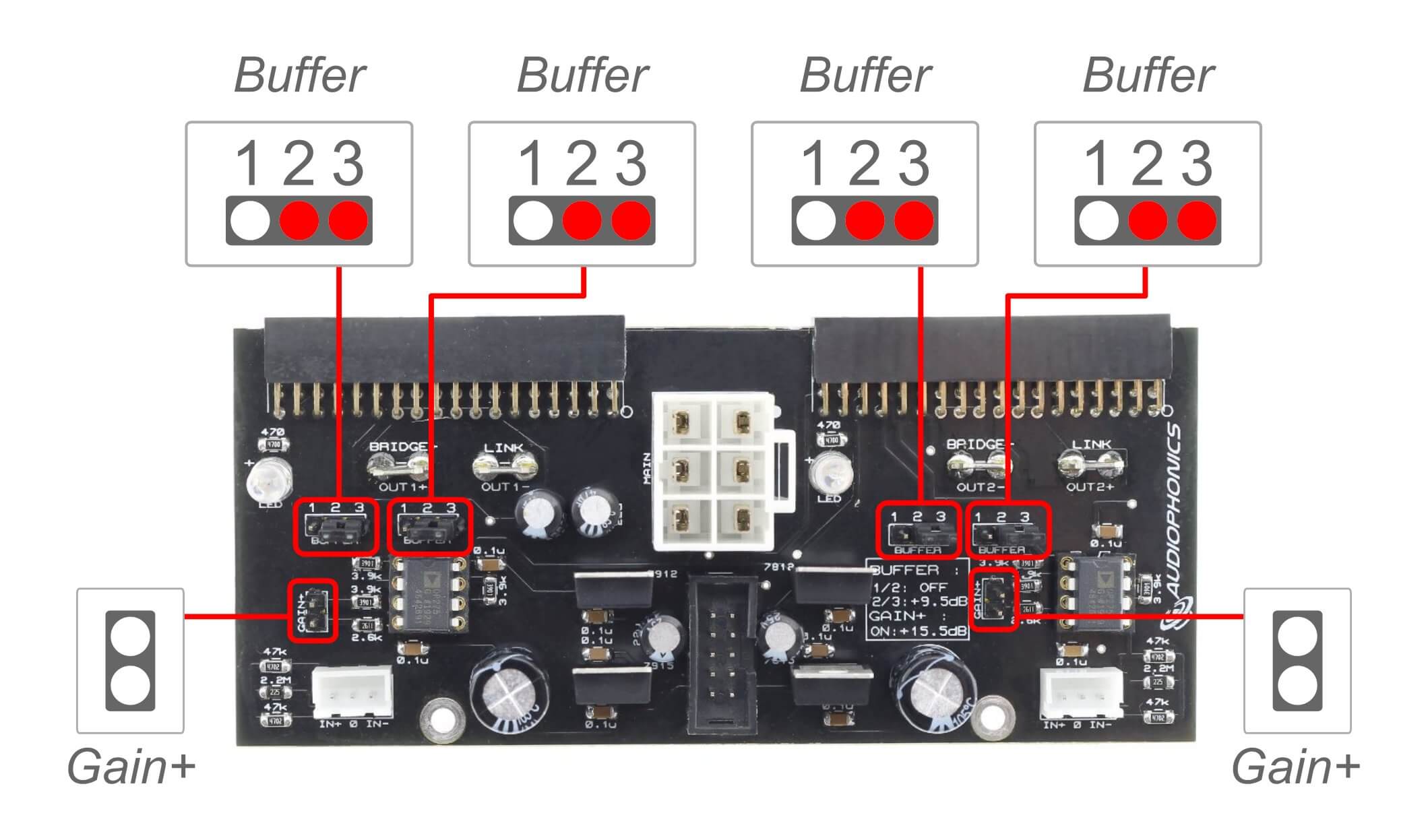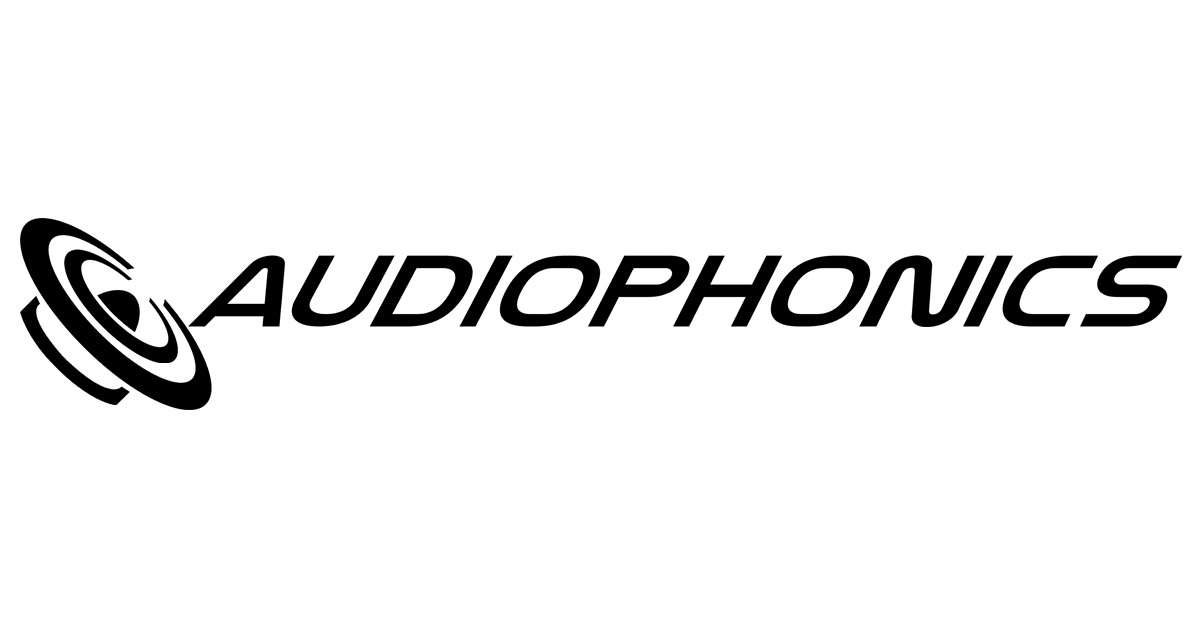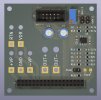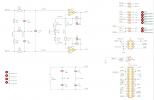Hi DonVinc3nzo. Thank you for your comment!
I will not add voltage regulators: I wanted to make the simplest possible "breakout board" for the 1ET400A, and I think I've done that, pretty much. I.e. soldered wire connections - connectors are bulky and expensive - and no superflous functions. Tom (of Neurochrome)
couldn't measure any advantage of extra voltage regulation when using the Hypex SMPS1200 PSU, and if he cannot even measure it, then surely there is no audible benefit! (It's reasonable for Purifi to include voltage regulation on the EVAL boards though since they need to ensure 100 % sound quality regardless of PSU used for evaluation.)
What is needed is a buffer: to get usable amplification, high input impedance, and for EMI filtering, I guess. So I included that and the I/O connections for the PSU (/AMPON, /FATAL), and nothing else. (Again, it's reasonable for purifi to include a buffer bypass for evaluation purposes - I chose buffered unity gain instead.)
I've looked at all the 3rd party buffers I could find good pictures of online, including the one you link to, and what strikes me is that none, with the exception of the Neurochrome buffer, seems to me to add anything useful - except perhaps low cost, which is of course perfectly fine by itself. (The Neurochrome buffer has what looks like excellent EMI filtering, even including some inductors, and the DC servo which might be useful.) My design was intended to be simple, small, and low cost, hopefully without giving up any sound quality. It needs testing though; I really don't know how it performs!
Interestingly, no 3rd party buffers I've seen seems to have picked up on the excellent PCB layout of the EVAL1 buffers. I traced the tracks using the schematic and component layout published in the EVAL1 documentation, and they've done a professional job of routing the signal as a differential pair. The 3rd party buffers I've seen either have pretty horrible pcb layout with no regards for signal integrity at all (like the one you linked), or they fall into the "symmetrical, mirrored layout" trap which may look good, but in the words of Putzey himself "are exactly the wrong way to do it" (see
Putzey: The G Word, or How to Get Your Audio off the Ground, pp 11). The Neurochrome board falls into the latter category.
To be fair, I don't think treating the signal as a true differential pair matters one iota at audio frequencies - but it could have an effect on EMI rejection, perhaps. It's probably a non-issue; I'm not saying there's anything
wrong with the Neurochrome buffer! But it felt nice to see how well it's done on the EVAL1 board - and I was at least inspired by this while laying out my buffer, although the EVAL1 is still better in this regard.
(Sorry for the wall of text; it's an interesting subject.

)





